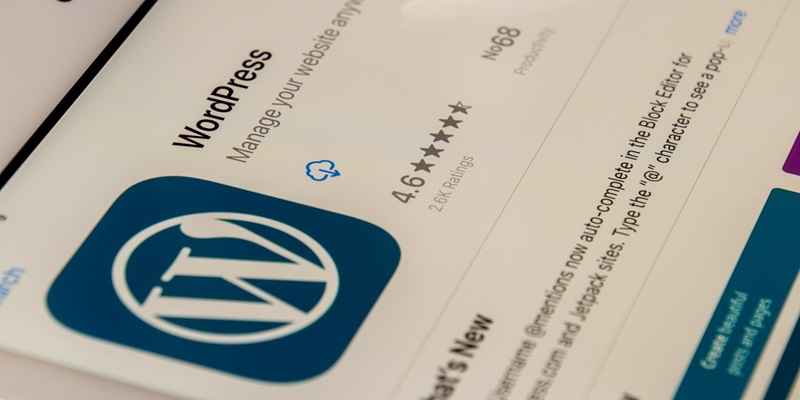The recent upsurge in cyber-attacks has thrown the security of countless WordPress sites into the spotlight, with particular focus on plugin vulnerabilities. The ValvePress Automatic plugin, a popular WordPress add-on, has been compromised due to a severe vulnerability identified as CVE-2024-27956. This exploit impacts all versions of the plugin prior to 3.92.0, igniting urgent discussions among web developers and business proprietors. A pressing concern now is the safety of websites utilizing the flawed ValvePress plugin. The threat posed by this vulnerability is substantial, as it may allow attackers to manipulate or damage websites, leading to potentially grave consequences for their owners and users. As the WordPress community grapples with this risk, it’s critical for users to update the ValvePress Automatic plugin to its latest version or to consider alternative security measures to safeguard their online presence against such a significant security loophole.
Understanding the ValvePress Plugin Vulnerability
The ValvePress Automatic plugin, widely adopted for automating blog posts, became a notable target when a severe SQL injection vulnerability was discovered. This flaw allows attackers to send specially crafted requests to a site, which can lead to the unauthorized creation of admin accounts. Once such accounts are created, malefactors may upload malicious files, leading to a potential full-scale takeover of the website. The gravity of the situation escalated when security teams revealed that the attackers could mask their intrusion, embedding undetectable backdoors that could lead to long-term exploitation of the affected sites.
What’s crucial for webmasters is comprehending the mechanisms of this exploit. The vulnerability lies within the core of the plugin’s user authentication system, which failed to adequately validate user inputs. Such a loophole means that SQL commands, which should be restricted, can be executed freely. This oversight may not only compromise the security of a single website but can also place an entire database network at risk. The real-world implications have been stark, with reports indicating untold data breaches and site integrity violations.
Securing Your Site Against the WP-Automatic Threat
Due to a critical vulnerability, CVE-2024-27956, the WP-Automatic plugin was urgently updated to version 3.92.1. Yet, the patch wasn’t clearly stated in the release notes, which may cause users to miss upgrading promptly. If your site runs this plugin, updating immediately is crucial to prevent cyber attacks, as the flaw is actively being targeted.
After Patchstack disclosed the issue, WPScan recorded a staggering 5.5 million exploit attempts, reflecting serious attempts by cybercriminals to infiltrate numerous WordPress sites. It’s also vital to watch for unexpected changes on your site, like new admin accounts or plugin file modifications. Conduct regular security checks and use monitoring plugins to deter these threats.
Other plugins like Email Subscribers and Forminator also pose significant vulnerabilities. With cyber threats on the rise, website owners need to be extra vigilant and make use of available cybersecurity resources, including webinars and e-books. Keeping your website secure demands swift updates and comprehensive security strategies.

